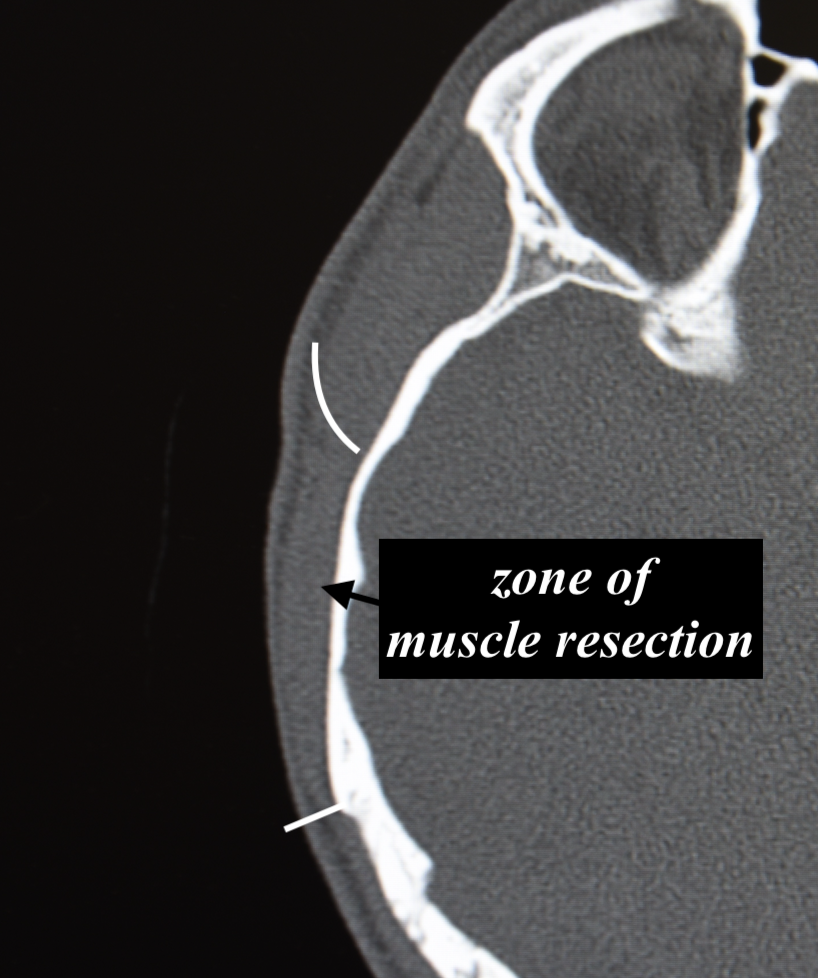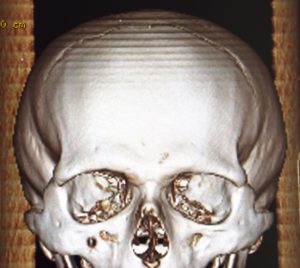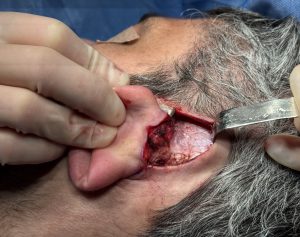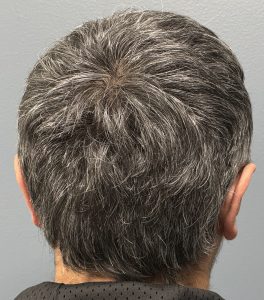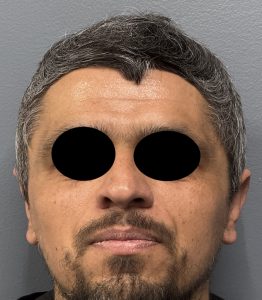Background: Wide or excessive convex shaped sides of the head are associated with both aesthetic and occasional functional symptoms. Aesthetically the side of the head is generally desired to be straight and not convex or bowed out. When it is excessively wide both the shape of the bone and the thickness of the muscle can contribute to this wide shape but their contributions to the head width are not necessarily equal.
Contrary to common perception the contribution of the temporal bone to head width is due to an increased convexity of the bone and not increased bone thickness. The temporal bone is naturally thin often being only 5mms or less thick. It is an exaggeration of its natural convexity that creates a bowed out appearance in which the bone may even be thinner than normal as a result.
The temporal muscle, however, can be quite different. Its thickness can vary but is not directly correlated to the thickness or increased convexity of the underlying bone. To the contrary the muscle over the bony convexity can be quite thick even though it is always thinner than the anterior part of the muscle which lies in the concave temporal fossa. When thick enough it is this muscle which is removed to help make the sides of the head straighter. Its removal causes no functional issues as the remaining thick fossa muscle is more than adequate for normal jaw function.
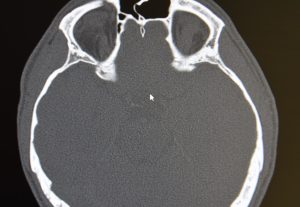
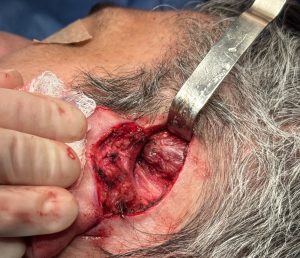
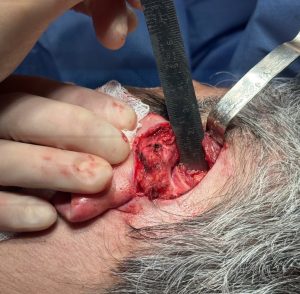
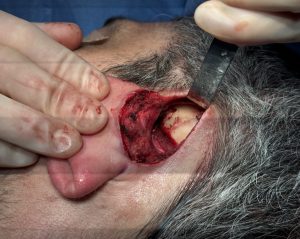
The temporal fascia was put back together over a drain which acts to smooth out the posterior cut edge of the remaining muscle. The postauricular skin incision was closed with resorbable sutures and a circumferential head wrap applied.
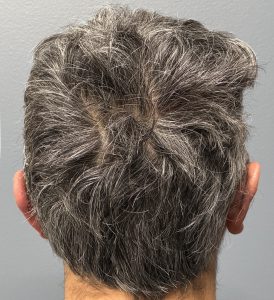
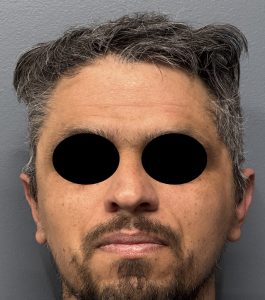
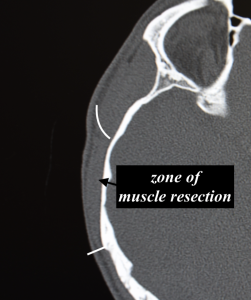
Key Points
1) The wide convex head shape is associated with a bony component but the muscle thickness can be making a major contribution to the side of the head width.
2) A CT scan is helpful to determine the bone vs muscle contribution to the head width and whether temporal muscle reduction would be beneficial.
3) Temporal muscle reduction involves removal of all the muscle over the convex portion of the temporal bone up into the beginning of the edge into the concave portion of the temporal bone.
Dr. Barry Eppley
World-Renowned Plastic Surgeon

